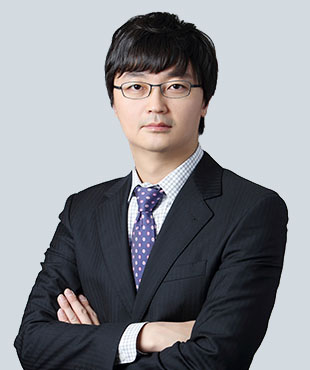Find out more about our latest publications

Changing landscapes of financial exchanges and its implications
Research Papers 12-05 Dec. 01, 2012
- Research Topic Capital Markets
Less than twenty years ago, stock exchanges around the world operated with physical venues and only members that acquired seats in the exchange were allowed to act as brokers. With the advancement of electronic trading and free capital mobility, competition between exchanges increased and resulted in structural changes that completely transformed the business model of the exchanges: they demutualized and incorporated into exchange-listed profit seeking organizations. Faced with global competition, major exchanges around the world began to vie for increased market share in order to achieve economy of size and scope, resulting in many mergers and acquisitions between exchanges.
Regulation NMS of the US and MiFID of Europe constitute the regulatory backbone for the exchange industry. These regulatory frameworks endorsed competition among exchange venues by recognizing alternative trading systems (ATS) as markets in order to increase stock market liquidity and efficiency. By enforcing best execution rules and trade transparency, the regulatory frameworks sought to virtually consolidate fragmented markets. After the introduction of Reg NMS and MiFID, various trading platforms and services emerged to shape the current competitive landscape.
Changes brought about by technological advances include the emergence of ATS, Direct Market Access (DMA), and High Frequency Trading (HFT). ATS provides trading execution services and armed with speed, low trading fees, and heightened market access, it has captured a substantial share of the stock trading. To counter the competition from ATS, traditional exchanges now provide ATS services of their own through acquisitions of ATS and with lower transaction fees and upgrades of the legacy systems. A few of the ATS have turned themselves into regular stock exchanges in the traditional sense.
Market access refers to the degree of ease with which trades can submit quotes and alter or cancel quotes without the involvement of brokers. Increased market access allows speed and increases the chance of capturing trades at target prices. Algorithm trading and HFT both seek to enhance their access to markets through various arrangements with exchange venues in order to increase their chances of achieving target prices either to mitigate market impact or to win trades.
HFT is a form of trading that relies on speed and algorithms that allows traders to capture instantaneous market opportunities or seek bid-ask spreads by acting as market-makers. HFT has become widespread and is estimated to account for 50~60% of trading volume in the US and around 50% of the European equity markets. Recent controversy surrounding HFT practices has focused on accusations that HFT causes system instability, increases volatility, and invites predatory practices that raise the cost of trading for conventional portfolio managers. The “Flash Crash” incident on May 6, 2010 alarmed the US regulatory authorities and triggered in depth investigation on the role HFT played during the market crash. Although the investigation revealed that HFT was not the primary cause of the incident, various recommendations and rule changes to prevent system instability that can result from unfettered market access and algorithm malfunction were presented.
Finally, regardless of increased competition and efficiency in the secondary markets, there are ongoing efforts by major exchanges to meet the expectations of the real sector, where the primary role of the exchange is to provide risk capital to the growth sector of the economy. During the last decade or so, global new markets have achieved significant milestones in providing equity capital to start-up growth companies. However, due to the global recession brought on by the 2007~2009 Global Financial Crisis and the continuing fiscal consolidation efforts in Europe, the number of new IPOs has dropped significantly. Also, the wide spread practice of HFT and competition by major exchanges to cater to the needs of HFT, in order to grab liquidity for fee generation, has resulted in reduced interest in small cap stocks. There has been renewed interest in promoting support for start-ups and SMEs in the US and Europe in order to counter the dwindling activity in primary markets. NYSE Euronext has plans to institute “Entrepreneurial Exchange” for venture companies and SMEs, while in Europe “Alpine Exchange” is scheduled to open in 2013 and will play a similar role.
It is expected that the trend of increasing competition among trading venues will slowly emerge in Asia also. In Korea, the Korea Exchange remains the sole exchange venue as stipulated through the Capital Market Consolidation Act. Efforts are on the way to introduce multiple trading venues through legitimizing ATS and allowing new exchanges by licensed permission. The experiences of the US and Europe can provide useful guidance through which introduction of competition among trading venues would result in a broader liquidity base in the secondary market instead of a reduction due to market fragmentation. Rules such as best execution should be introduced to ensure no loss of market information while an effective monitoring system by supervisory agencies should be installed in order to cope with increasing speed and market access so that fairness and market integrity are maintained.


